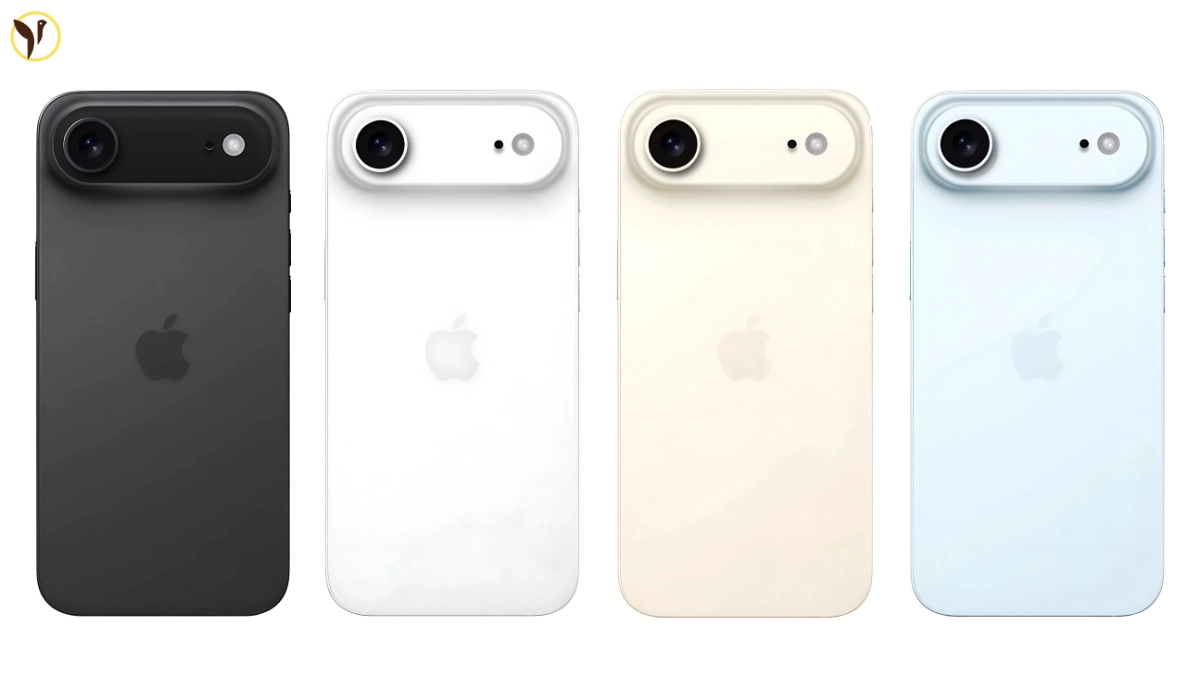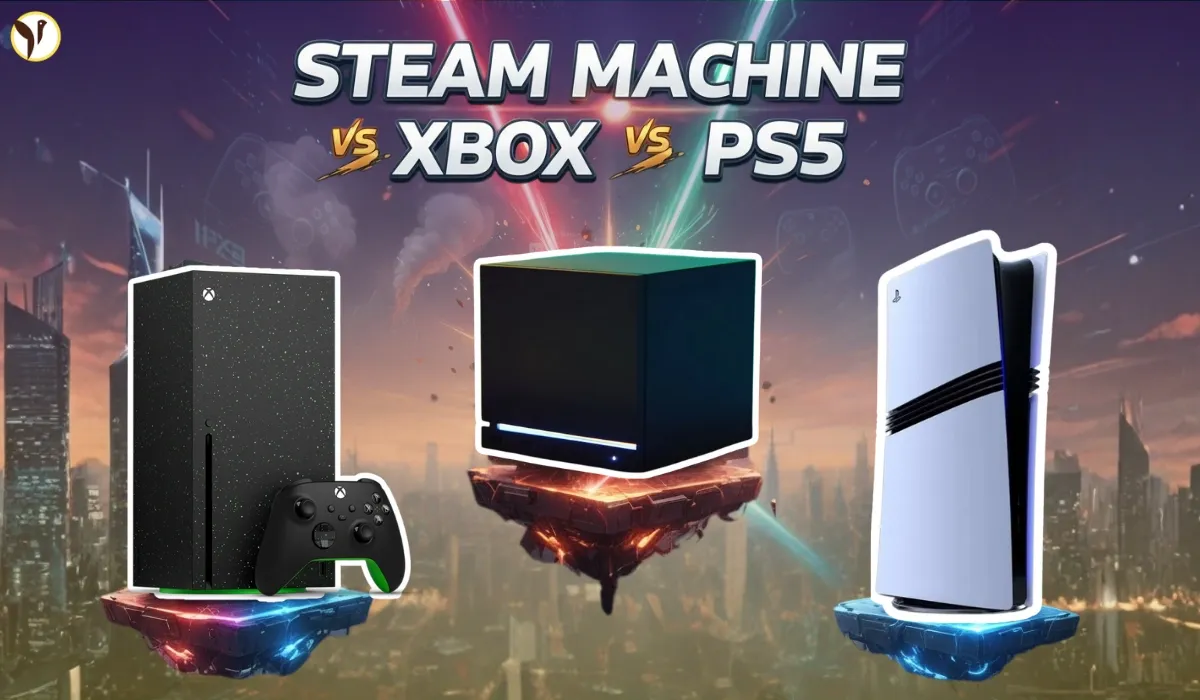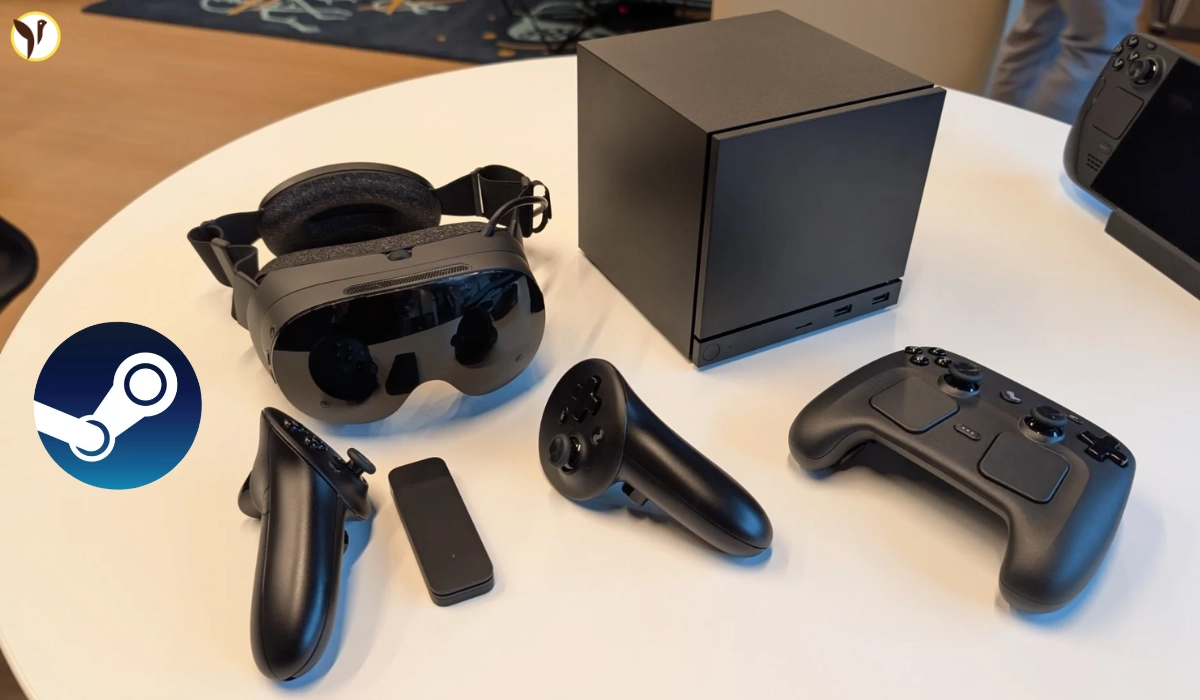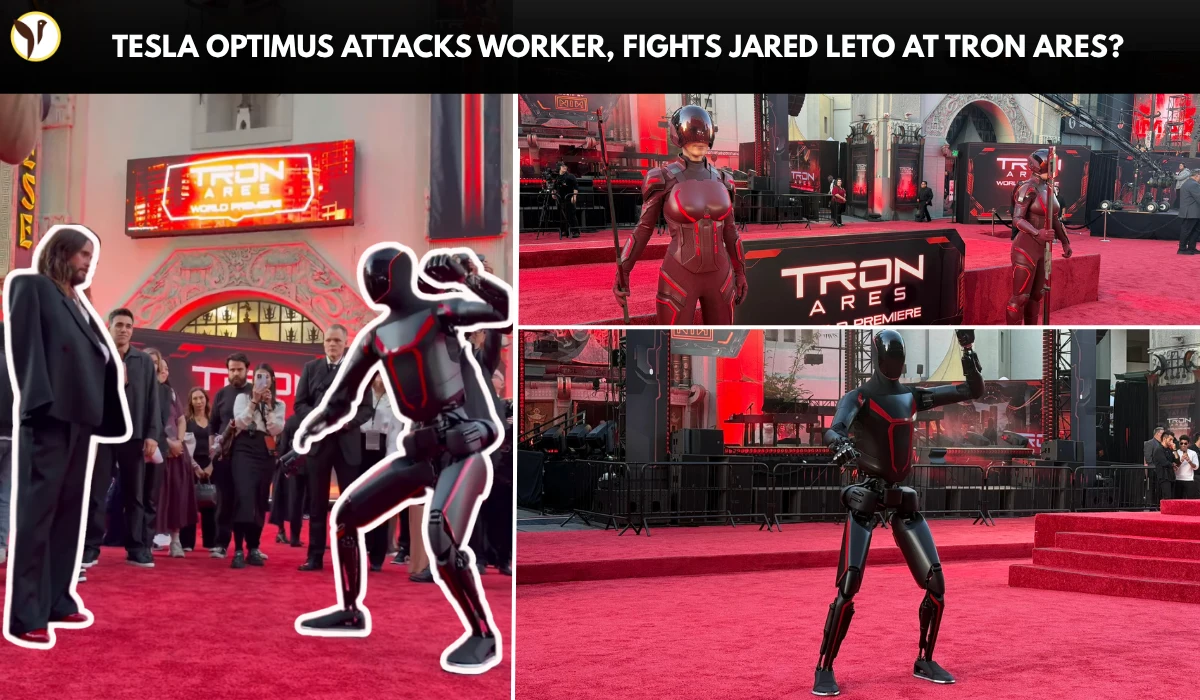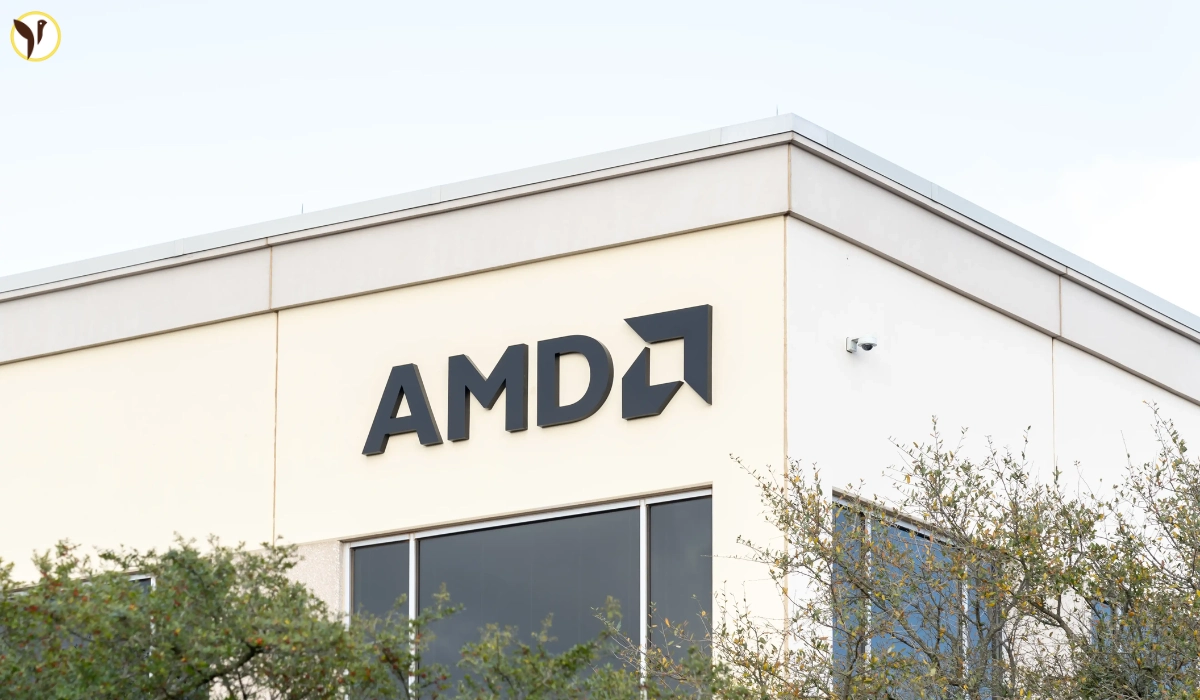Apple is always taking leaps ahead—and 2025 could be one of its biggest leaps yet. Rumors indicate that the iPhone 17 Air is slated to have an ultra-skinny design with a smaller battery and modern tech mash-up. But is this new norm actually innovative technology or just courageous technology?
In this article, we will reflect and breakdown everything we know today about the iPhone 17 Air, with its design, performance, heat management, battery, gaming FPS, and even durability.
What’s New in the iPhone 17 Air Design?
Apple is reportedly introducing a new Air variant in the iPhone 17 lineup—thinner, lighter, and possibly sleeker than any iPhone before it.
Sources suggest a titanium-aluminum hybrid body that allows for this thin profile without compromising too much on strength. This could be the thinnest iPhone ever, possibly even slimmer than the iPhone 6 (which was 6.9mm thick).
The design might feature:
-
Flat-edge frame like iPhone 15
-
Smaller Dynamic Island
-
Flush rear cameras
-
No physical buttons (taptic engine-based buttons instead)
Smaller Battery: Risk or Genius?
The buzz around the smaller battery in the iPhone 17 Air has raised eyebrows. Why would Apple shrink the battery size when users want more battery life?
Here’s Apple’s potential thinking:
-
The A19 chip will be ultra-efficient
-
iOS 19 optimizations may reduce background drain
-
Focus is on lightweight use (Air model may not be for power users)
Rumors suggest the battery will be around 2800–3100 mAh, which is smaller than iPhone 15’s 3349 mAh. However, Apple may compensate via intelligent software + chip synergy.
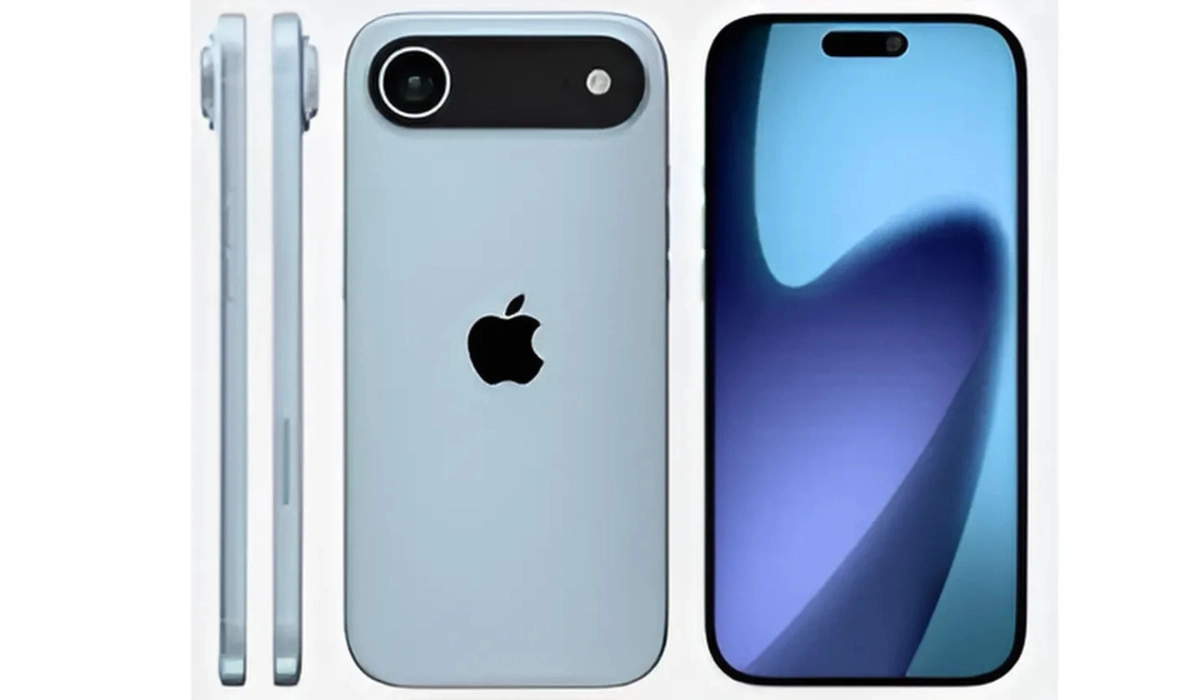
Apple A19 Bionic: Powering the Thin Revolution
The iPhone 17 Air will likely run on the Apple A19 Bionic chip, built on a 2nm process. This chip is designed for:
-
Extreme power efficiency
-
Better heat management
-
AI-driven app handling
-
Smoother multi-tasking
Apple may use this efficiency to maintain similar screen-on time as thicker iPhones despite a smaller battery.
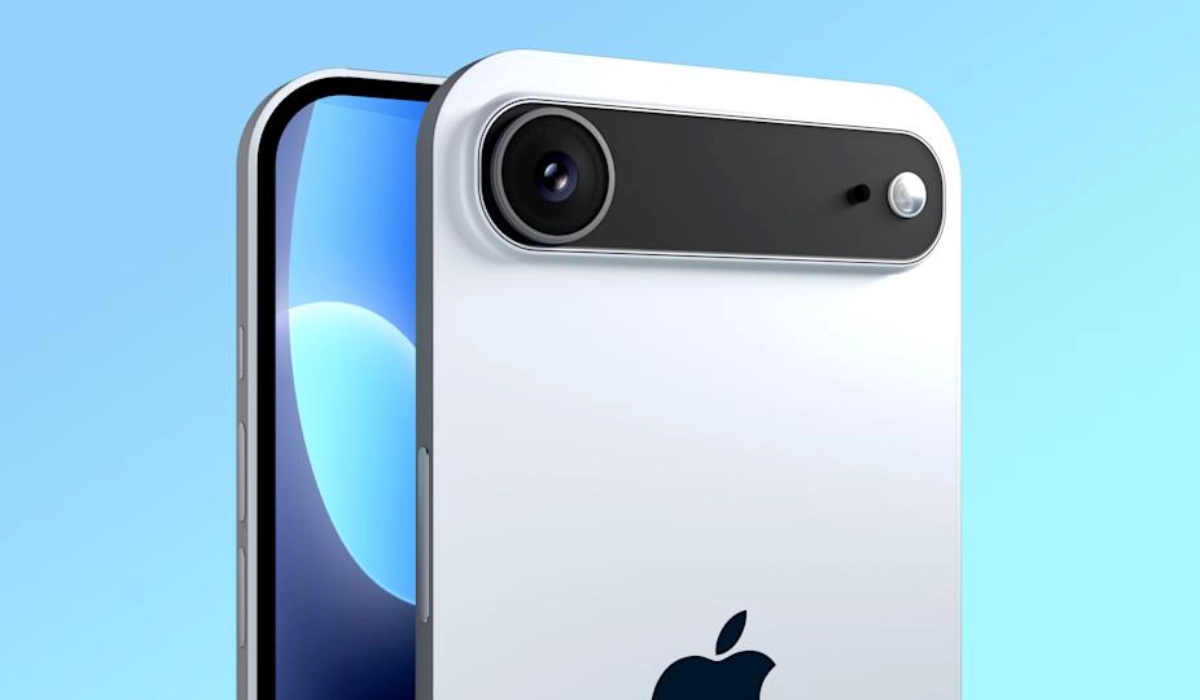
Heat Management: Can Thin Phones Stay Cool?
One big concern with ultra-thin smartphones is thermal throttling—when a phone gets too hot and starts slowing down.
Apple might tackle this with:
-
Graphene-based cooling
-
Smaller but smarter thermal modules
-
AI-powered workload balancing
The A19 chip’s low power draw also helps prevent overheating. Still, sustained usage—like gaming or video rendering—might challenge thermal limits.
Gaming Performance & FPS on iPhone 17 Air
Gamers, pay attention! The iPhone 17 Air’s thin design raises questions about frame rates and performance consistency.
Expected benchmarks:
-
Genshin Impact / COD Mobile: Smooth at 60 FPS (but expect drop on long sessions)
-
PUBG/BGMI: Likely capped at 90 FPS on low settings
-
Apple Arcade titles: Should run without hiccups
Apple may limit peak performance slightly to maintain temps—especially since the Air variant targets casual rather than pro gamers.
Camera Design: Slim but Powerful?
The ultra-thin design means Apple has to redesign the camera module to fit into a tighter space.
Possibilities:
-
Flush camera array (no bump!)
-
Sensor improvements through software (AI post-processing)
-
48MP primary, 12MP ultra-wide—telephoto might be skipped to save space
You may get fewer camera features than the Pro models, but Apple is likely to optimize AI photo processing for great results.
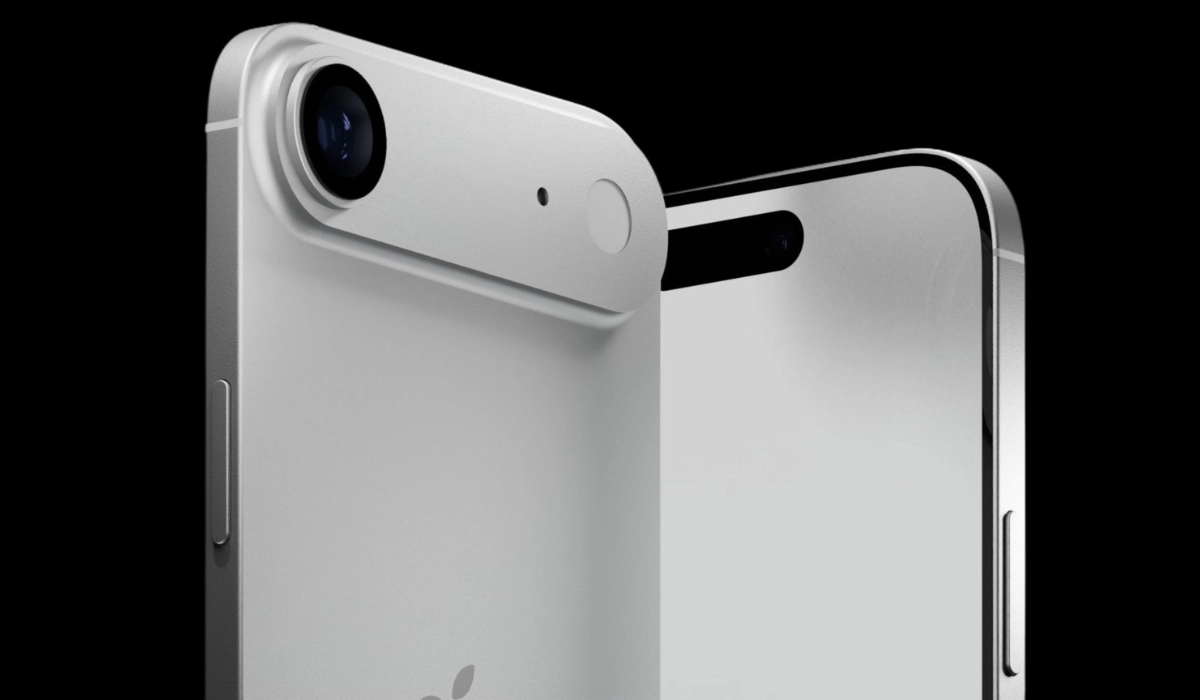
Durability: Will It Bend?
Remember #Bendgate from the iPhone 6 era? That’s a real concern again with ultra-thin phones. But Apple seems ready:
-
Titanium edges = better structural integrity
-
Reinforced internal design with shock absorption layers
-
Better pressure tolerance testing in production
Still, it may not be as rugged as Pro Max variants. A case will be a must for most users.
AI Features & iOS 19: Tailored for Air
Apple’s iOS 19 is rumored to bring deep AI integration, which works well with the minimalist Air hardware.
Expect:
-
On-device AI summarization, suggestions, and Siri 2.0
-
AI photo cleanup (like Magic Eraser)
-
Low battery AI modes: auto-dimming, app-freeze, sleep routines
The OS may do more with fewer hardware demands—perfect for the lightweight Air.
iPhone 17 Air vs iPhone 17/Pro: What’s Missing?
If you're deciding between iPhone 17 Air and standard models, here’s what might be missing in Air:
-
No ProMotion (limited to 60Hz refresh rate)
-
No telephoto lens
-
Smaller battery
-
Likely less GPU power
But you gain:
-
Ultra-lightweight build
-
Sleek profile
-
Lower price point
-
Still impressive performance for daily use
Final Thoughts: Innovation or Just Thin?
The iPhone 17 Air is Apple’s bold bet—a thin, lightweight iPhone for users who don’t need extreme power but want a futuristic, minimal design. With its A19 chip, AI software magic, and unique style, it’s likely to become the favorite iPhone for casual users, students, and those who prefer comfort over bulk.
But power users, gamers, and camera enthusiasts may prefer to stick to the iPhone 17 Pro or Pro Max instead.
Source(Image / Thumbnail): timesbull
